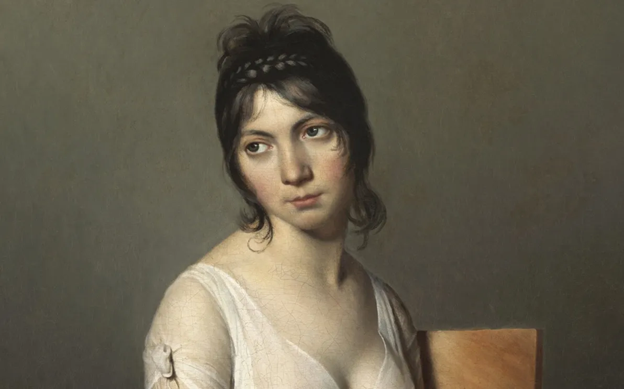
In modern literature, books that find a success with the public rather than staying niche books know so for one of two reasons: they either tackle a topic that attracts the interest of bigger masses; or they introduce a new idea, writing style, or syntax to the field. In My Year of Rest and Relaxation, Ottessa Moshfegh’s second novel released in 2018, it is not only the concept that attracted my attention, but also its writing style, and mainly, the psychological background.
The book is shaped in an almost epistolary format, following the unnamed protagonist narrating her day-to-day life in the first person. Keeping the protagonist unnamed makes the story ever so relatable to any reader. With such writing comes a rawness and a personal touch that help the reader identify with the trivial daily activities related, regardless of the weird context they’re put into.
Concerning the writing style, it took me a few pages to get on track with the author’s pen, but when I did get on the same wavelength as her, the book flowed easily, and the read became particularly enjoyable. Moshfegh’s style is very impersonal, nonchalant, and devoid of any imagery. Yet, she knows how to use her words to depict specific events or states that completely makes up for the lack of traditional literary exercises of style. Writing about the most personal aspects of the protagonist’s life with its crude awkwardness can seem shocking at first, yet the way of writing pours into developing one of the most depressing stories I've read.
Our protagonist is depressed, yet the word “depression” isn’t mentioned once in this novel. She fits all the criteria of a clinical major depressive disorder, and its depiction is so accurate it hurts anyone who underwent the same ordeal yet is also strangely cathartic. What I particularly enjoyed about this representation of depression is its uniqueness, as it didn’t focus on the traditional symptoms and cliché signs of depression, but rather focused on its intricate subtleties. Lack of hygiene, mood swings, hypersomnia, lack of libido here depicted as mechanical sexuality, diminished food intake… All these signs were not mentioned as is, but rather told through the daily activities of the depressed protagonist who saw them as natural, yet with enough horror for the reader to take a step back and reevaluate.
The author’s pen is delightful in its weirdness. The book is very modern in its style of writing, an almost neo-Duras if I might say, with the Nouveau Roman style revisited: never letting the reader explicitly know the emotions of the main character, but rather depicting their activities and environments in an omnipresent style, just like describing a photograph, it becomes the reader’s job to understand their psyche through their actions.
This very filmographic approach to writing therefore makes sense, and a film adaptation would seem convenient, automatic, but honestly scared me. Indeed, turning such a visual novel into a book comes with many challenges and calls for book fanatics to crush the upcoming film with comparisons with its founder. Yet, knowing that Yorgos Lanthimos was cast to write and direct makes the project more exciting, as the weird, bold, and absurd style of the filmmaker perfectly marries that of the book.